There are many areas around the Caribbean that have bonefish, permit and tarpon. However one of the only places that has consistent numbers of good sized fish without the flats looking like a regatta is Cuba. It offers a huge variety of environments in which to catch each species and not to mention visiting a country that is caught in a time warp with its own unique character and beat. We have been selling fishing operations in Cuba since 2005 and in that time have learnt to side step many of the logistical issues that travelling here can sometimes occur. With so many different operations now in effect we thought some guidance might be helpful, especially with various new motherships coming online. Like Mexico, there are direct flights from the UK, Europe and the US which only adds to the ease of travel.
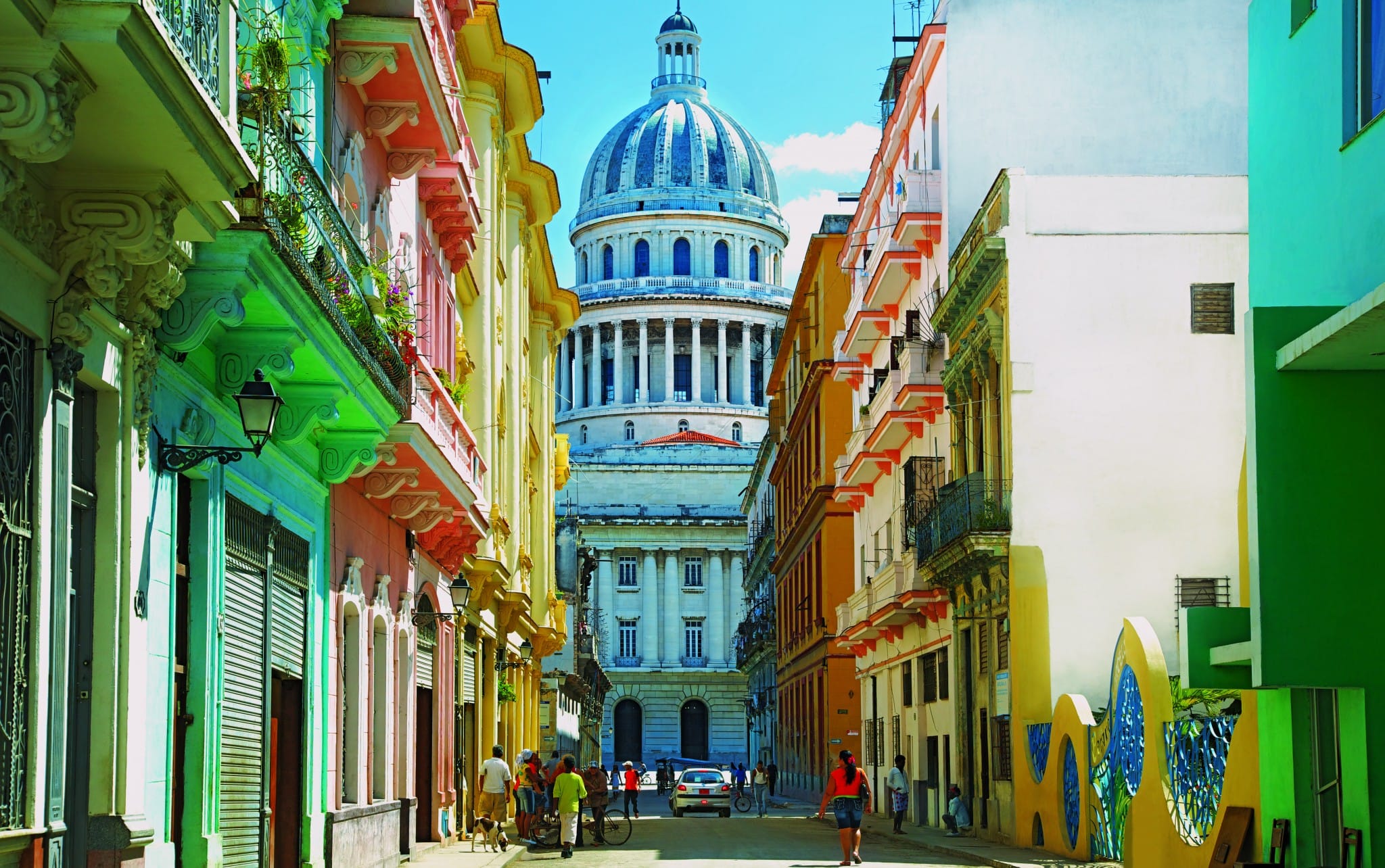
Cayo Largo, on the so, on the south west coast in the Canarreos archipelago offers consistently good fishing with the highest number of grand slams anywhere in the Caribbean. Aside from the excellent bonefish and permit available There are tarpon ever present found primarily in the mangroves or reef ranging from 15 lbs to 30 lbs. Traditionally the migratory tarpon arrive from April to August and tarpon over 100 lbs have been landed. Winding through the flats and cays are deeper channels that provide perfect areas for tarpon to feed on the bountiful shoals of sardines but when the tides are right they move onto the flats providing great sport. It’s a wonderful mixed species fishery with longstanding experienced guides. At Cayo Largo the operation has swithced to another Mothership – Jardines Avalon 1 which has bring a new level of comfort and service. However if you wish to be land based, staying at the all inclusive Sol Melia Hotel or the cheaper alternative Villa Marinera is still an option. The season runs from October to August with prime time in May and June. From 2020
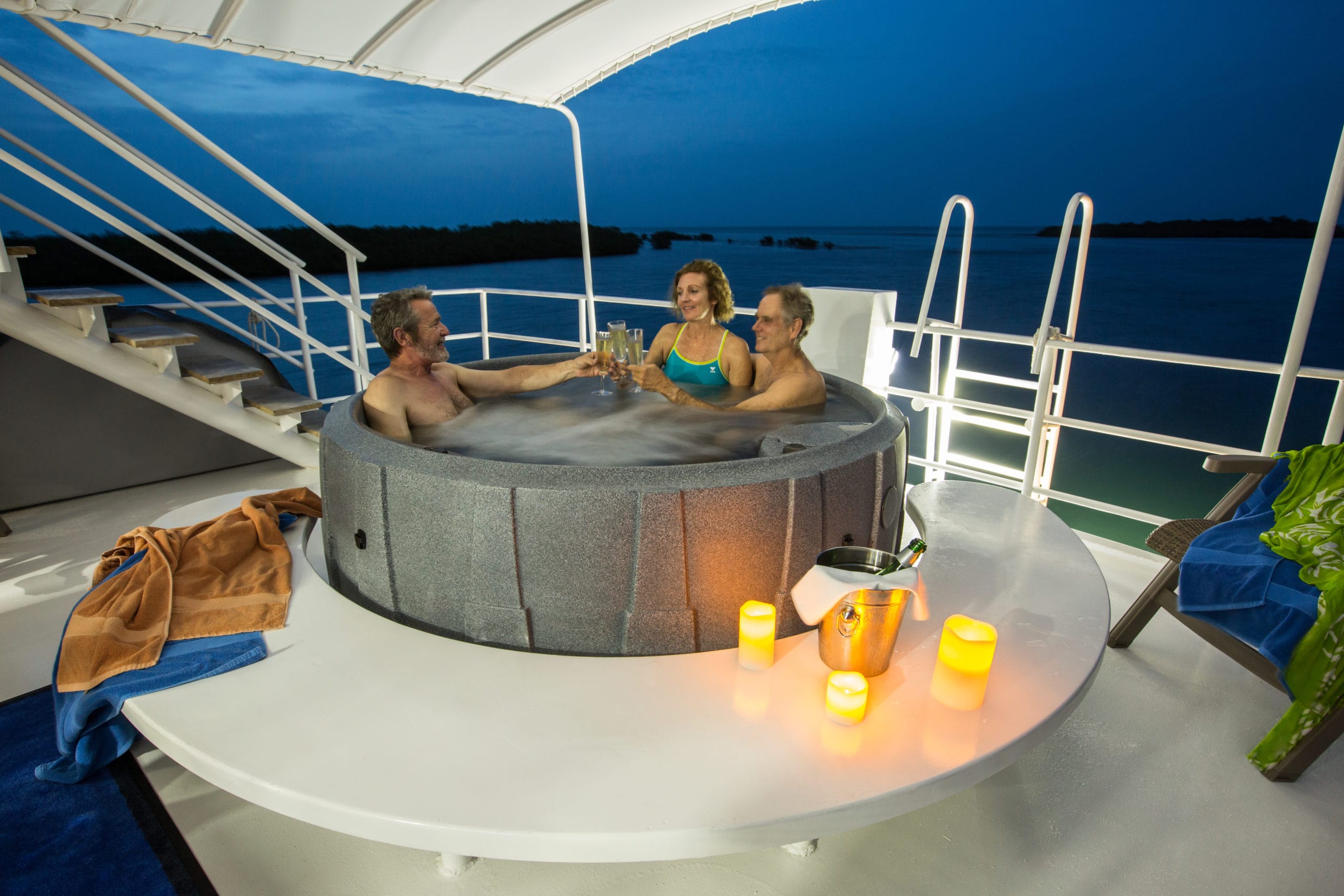
Santa Maria is located on the north coast of Cuba at Jardines del Rey and UNESCO has declared this region a biosphere reserve. This stunning area of channels, mangroves and flats has world class tarpon fishing with fish from 10 lbs to 40 lbs present year round and migratory fish 80 lbs to 160 lbs showing up in great numbers from March onwards. Santa Maria is very much a tarpon fishery with other species available, but not the focus. For those looking to hunt the silver king then this is the spot you should focus on. Accommodation for fishermen is at the Iberostar Ensenachos resort which is very comfortable and perfect for non – fishers as well. The season runs from March to September with prime time April to July.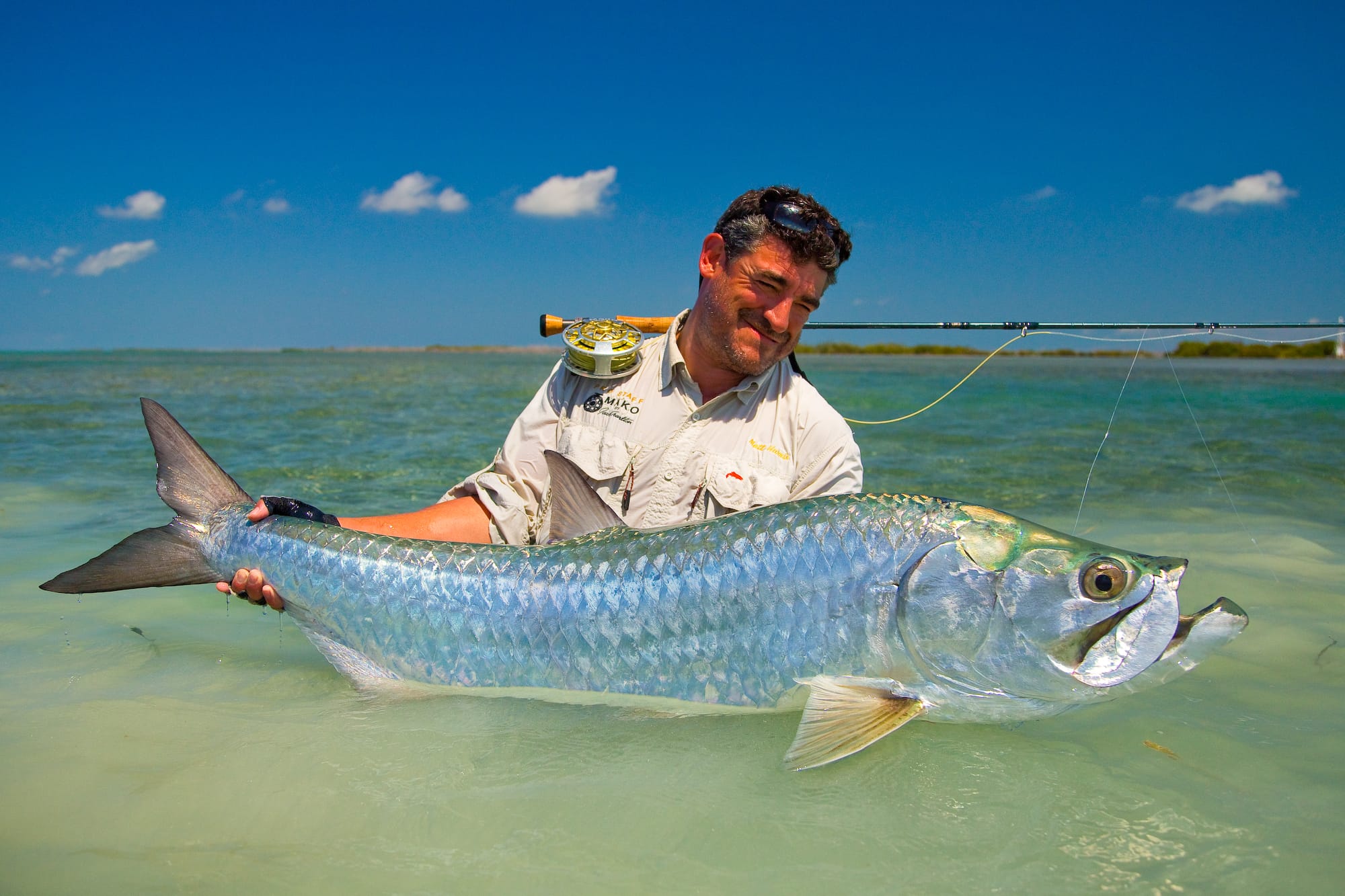
Jardines de la Reina on the southern coast is fished from the live-aboard yachts, Avalon Fleet 1 & 2 and as of this season the brand new La Tortuga. Jardines de la Reina is the original fly fisherman’s playground in Cuba and continues to be visited year in and year out by numerous fishermen from across the globe. It offers all the prime species but also good numbers of tarpon.
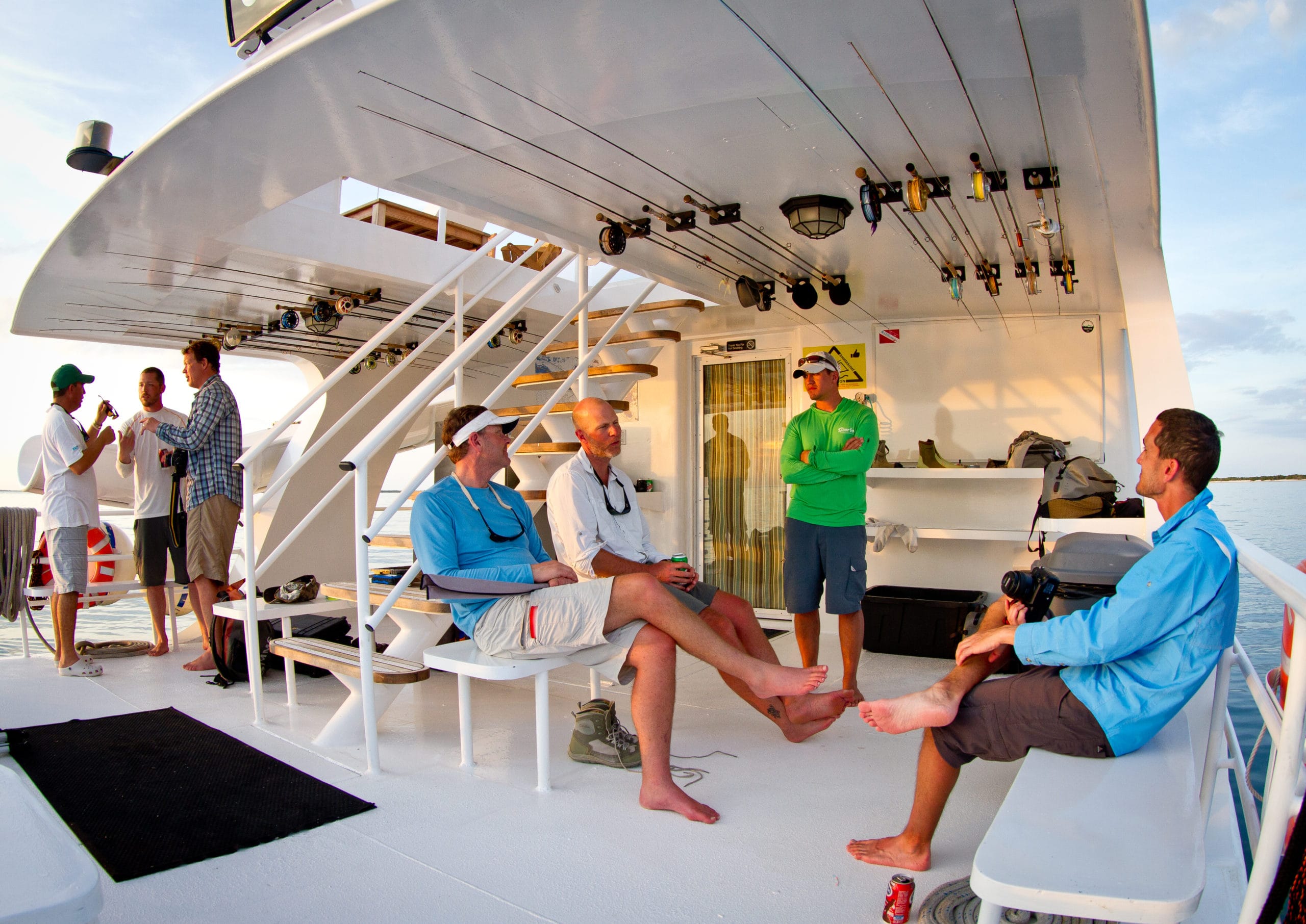 The area is bisected by large channels, or “Bocas” that provide conduits from which the tarpon can move from the safety of deeper water up onto the flats. They are perfect for polling and give you the opportunity to cast at specific rolling fish. The season runs from October until August with baby tarpon up to 30 lbs present all year – mainly in the mangroves. Larger tarpon, up to and above 100 lbs, are seen on the flats from the end of April onwards and prime time is between April and July.
The area is bisected by large channels, or “Bocas” that provide conduits from which the tarpon can move from the safety of deeper water up onto the flats. They are perfect for polling and give you the opportunity to cast at specific rolling fish. The season runs from October until August with baby tarpon up to 30 lbs present all year – mainly in the mangroves. Larger tarpon, up to and above 100 lbs, are seen on the flats from the end of April onwards and prime time is between April and July.
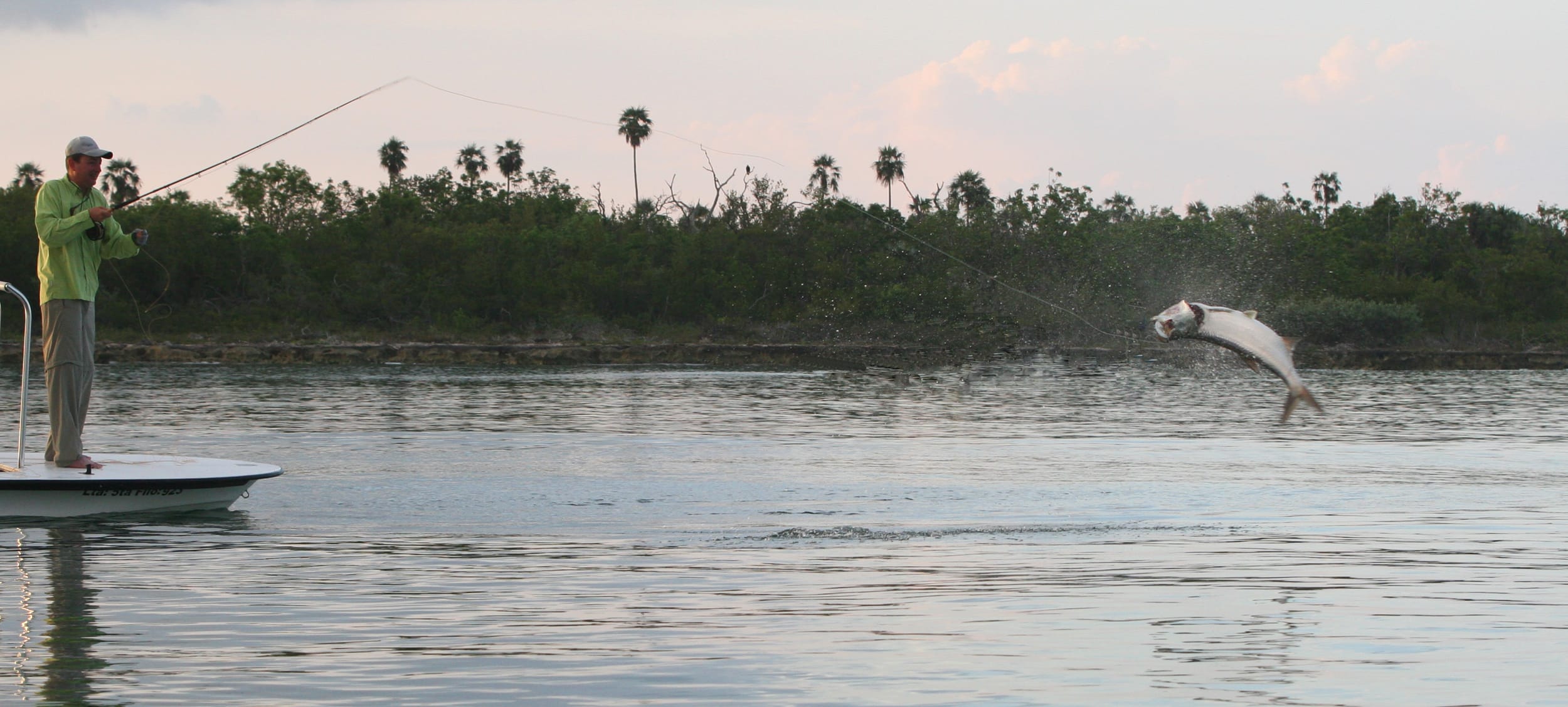
Cayo Cruz is located on the north shore of the eastern province of Camaguey, the Cayo Cruz fishery is an enormous system of flats, lagoons and pristine estuaries. The area is 366 square kilometres in size, meaning that on the average day, each skiff has over 50 square kilometres to itself. The flats are an inviting combination of hard packed white sand and a semi-firm mottled bottom that still provides good wading. The average sized bonefish is a healthy four pounds and during the course of the week it is not unheard of for guests to land a fish or two in the 10 pound range. What really sets this location apart from so many other fisheries is that guests can expect to encounter and get shots at good numbers of permit each day. The operation from 2019 will be based from the Oceans Arena Blanca Hotel which has 550 rooms and will be located at only 2 minutes of the fishing dock. It will be all inclusive system with swimming pool, bar, lounge, fitness centre, etc, featuring several activities for non-fishing guests as well, all of this will be offered by the entertainment staff.
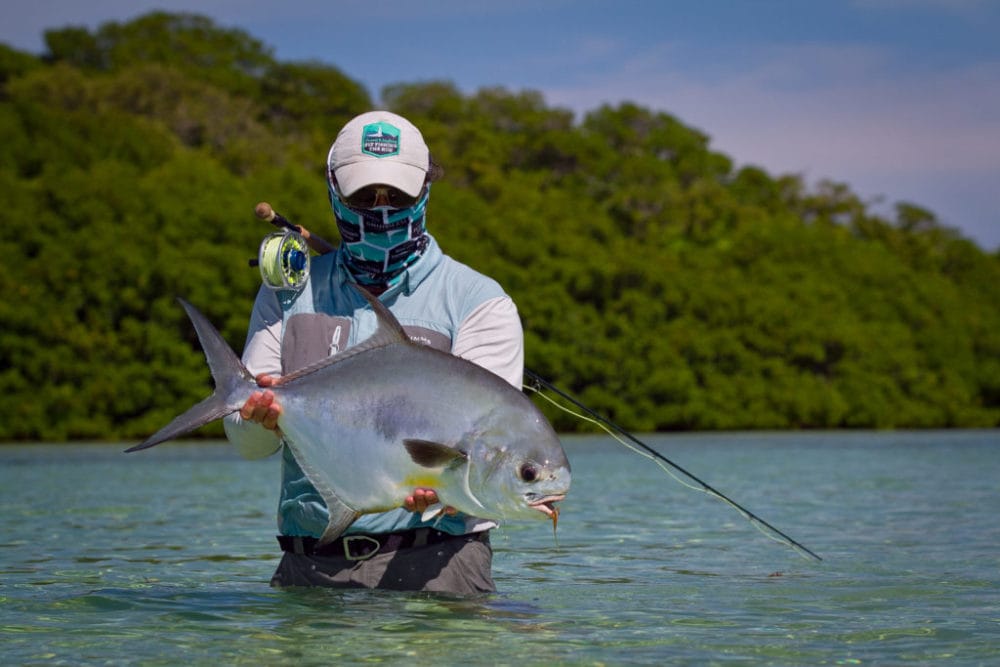 Zapata is a budget operation for those who are happy to make some sacrifices to creature comforts but certainly no sacrifices to the quality of fishing on offer. This destination has been relatively unexplored due to a restriction on the use of boat engines in the area but now with a new set of skiffs the true potential of this southern Cuba area can be explored. It is a mixed species fishery and the fishable area includes large expanses of flats interspersed with lagoons and channels; perfect habitat for bonefish and permit. In addition the outer ocean fronted ring of islands and mangrove forests raise the potential for opportunities of not just large bonefish but also permit, snook and tarpon. The operation is based from the mothership Georgiana and during your week you will have three days on a single skiff included.
Zapata is a budget operation for those who are happy to make some sacrifices to creature comforts but certainly no sacrifices to the quality of fishing on offer. This destination has been relatively unexplored due to a restriction on the use of boat engines in the area but now with a new set of skiffs the true potential of this southern Cuba area can be explored. It is a mixed species fishery and the fishable area includes large expanses of flats interspersed with lagoons and channels; perfect habitat for bonefish and permit. In addition the outer ocean fronted ring of islands and mangrove forests raise the potential for opportunities of not just large bonefish but also permit, snook and tarpon. The operation is based from the mothership Georgiana and during your week you will have three days on a single skiff included.
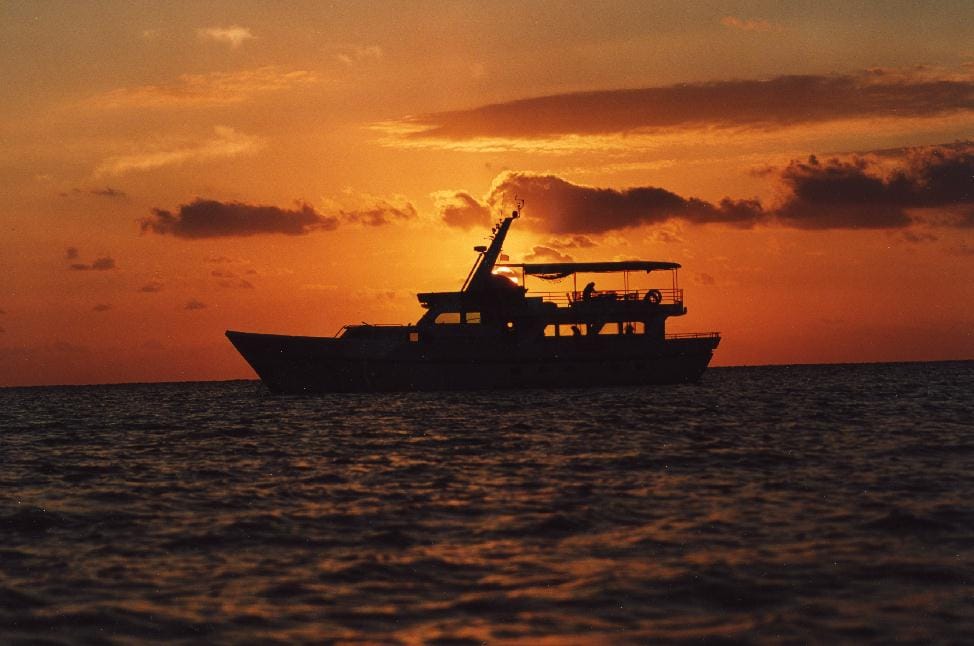 Isle of Youth (Isla de la Juventud) is on the south west coast and this remote Marine Park in the Canarreos Archipelago. The combination of marl, sand, and turtle grass provide a perfect environment for fishing from a skiff, enabling you to target tarpon as they come into the channels from deeper water. Tarpon here frequently tip the scales at 100 lbs but it is true to say that fishing here can be challenging. You will be based on the live-aboard, Avalon Fleet 1, which allows you to avoid the open water crossings from the mainland. Avalon Fleet 1 is taken by an intact party and can accommodate up to 18 passengers and 8 crew members. We suggest between 8 and 12 anglers for optimum comfort. The season runs from October until the end of July with prime time falling in May.
Isle of Youth (Isla de la Juventud) is on the south west coast and this remote Marine Park in the Canarreos Archipelago. The combination of marl, sand, and turtle grass provide a perfect environment for fishing from a skiff, enabling you to target tarpon as they come into the channels from deeper water. Tarpon here frequently tip the scales at 100 lbs but it is true to say that fishing here can be challenging. You will be based on the live-aboard, Avalon Fleet 1, which allows you to avoid the open water crossings from the mainland. Avalon Fleet 1 is taken by an intact party and can accommodate up to 18 passengers and 8 crew members. We suggest between 8 and 12 anglers for optimum comfort. The season runs from October until the end of July with prime time falling in May.
Unlike the Florida Keys all these huge protected areas are only fished by the operations based there and, as a result, there is less pressure on the fisheries. If travelling with non-fishers, Cayo Largo and Santa Maria have suitable accommodation and those of you with diving partners, Jardines de la Reina offers fantastic diving. Virgin, Iberia and Air France all have flights to Havana that work with the fishing schedules and although visas are required, we are able to issue them for you.
If you would like more information please contact Peter McLeod or Alex Jardine or call us on ++44 1980 847389. Alternatively click HERE if you would like us to contact you.
